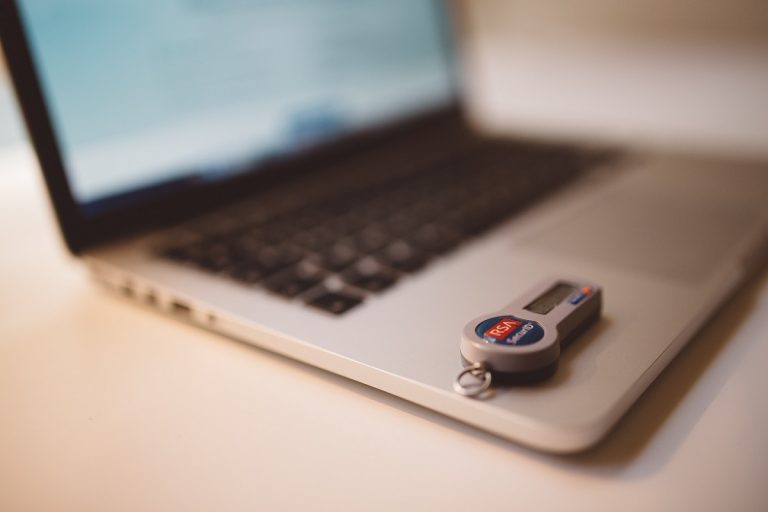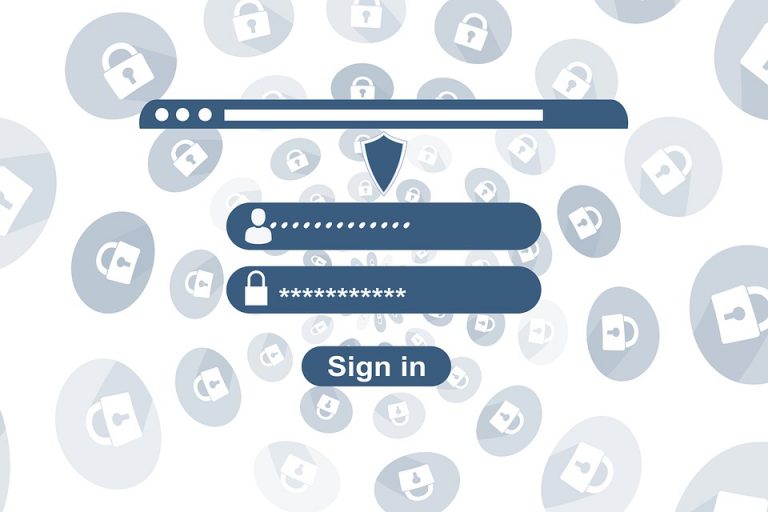In a world where more and more transactions are conducted online, scammers are constantly trying to find ways to deceive people into making fraudulent payments, disclosing sensitive information, or downloading malicious software. The best way to protect yourself from these types of fraud is through information.
Knowing the main methods used by scammers can greatly reduce the chances of being deceived online. That’s why StarsPay has an antifraud article section filled with tips and information about the most common scams. After the “fake customer service center” scam went viral, fake parcel messages have now become a hot topic on social media.
How Does the Scam Work?
The victim receives a message, usually via SMS or WhatsApp, claiming that a parcel is being held at customs and requires the payment of a fee for release. Nowadays, with so many online purchases, it’s common for people to be expecting a parcel, which lends credibility to the fake message.
The text also includes a link with domains that may seem legitimate, such as “rastreios.online” or “pedidocorreios.online,” for example. However, when clicking the link, the user is taken to a fake page resembling the official postal service, where a Pix code (a popular Brazilian payment method) must be paid for the parcel’s release. In reality, the money is sent to the scammers’ account, completing the scam.
Scammers benefit from the fact that many people are awaiting parcels, the similar appearance of the malicious page, the domain with tracking-related words, and the fee amount, which is usually not very high, helping the user to “let their guard down.” The good news is that avoiding this type of scam is very easy with some basic precautions.
How to Avoid It
First, always remember: any unexpected message received with a link or call from an institution should be viewed with automatic suspicion. These are the most common methods used by scammers today, but such companies do not send messages and links through these methods. Even if everything seems legitimate, remember that scams are becoming more sophisticated every day, so caution is always advisable.
If the user really wants to check the status of a parcel, the postal service has its own app and website. According to a note published by the postal service itself, after the increase in occurrences of this type of scam, “the app allows you to track parcels and pay import taxes, among other services.”
In other words, never trust a received link. When in doubt, go directly to the app or website, preferably by typing the address in your browser and checking the credentials to ensure you’re in the right place. Check out other important tips to protect yourself against online scams and learn about the “wrong Pix” scam, which has also become popular.





